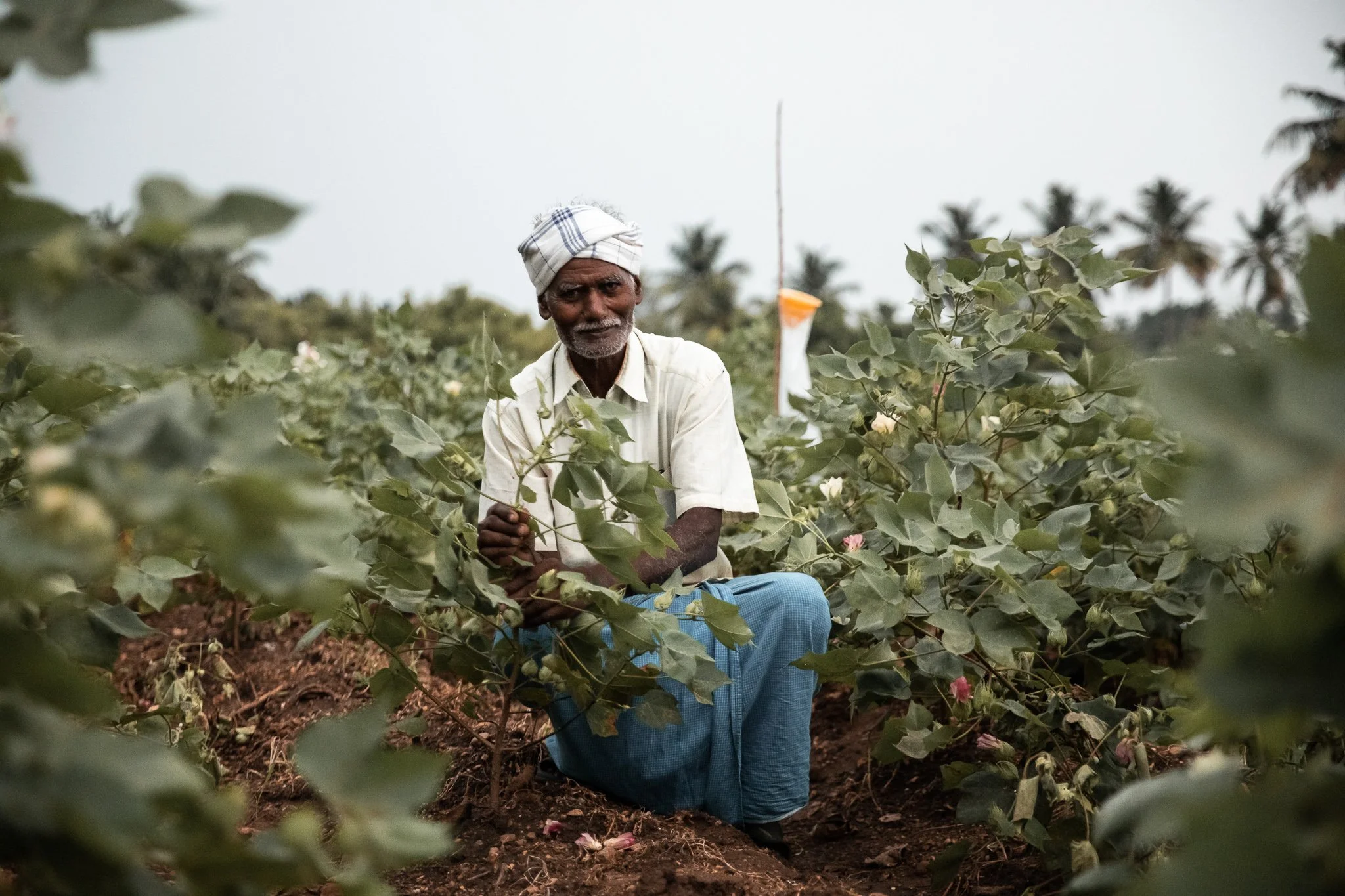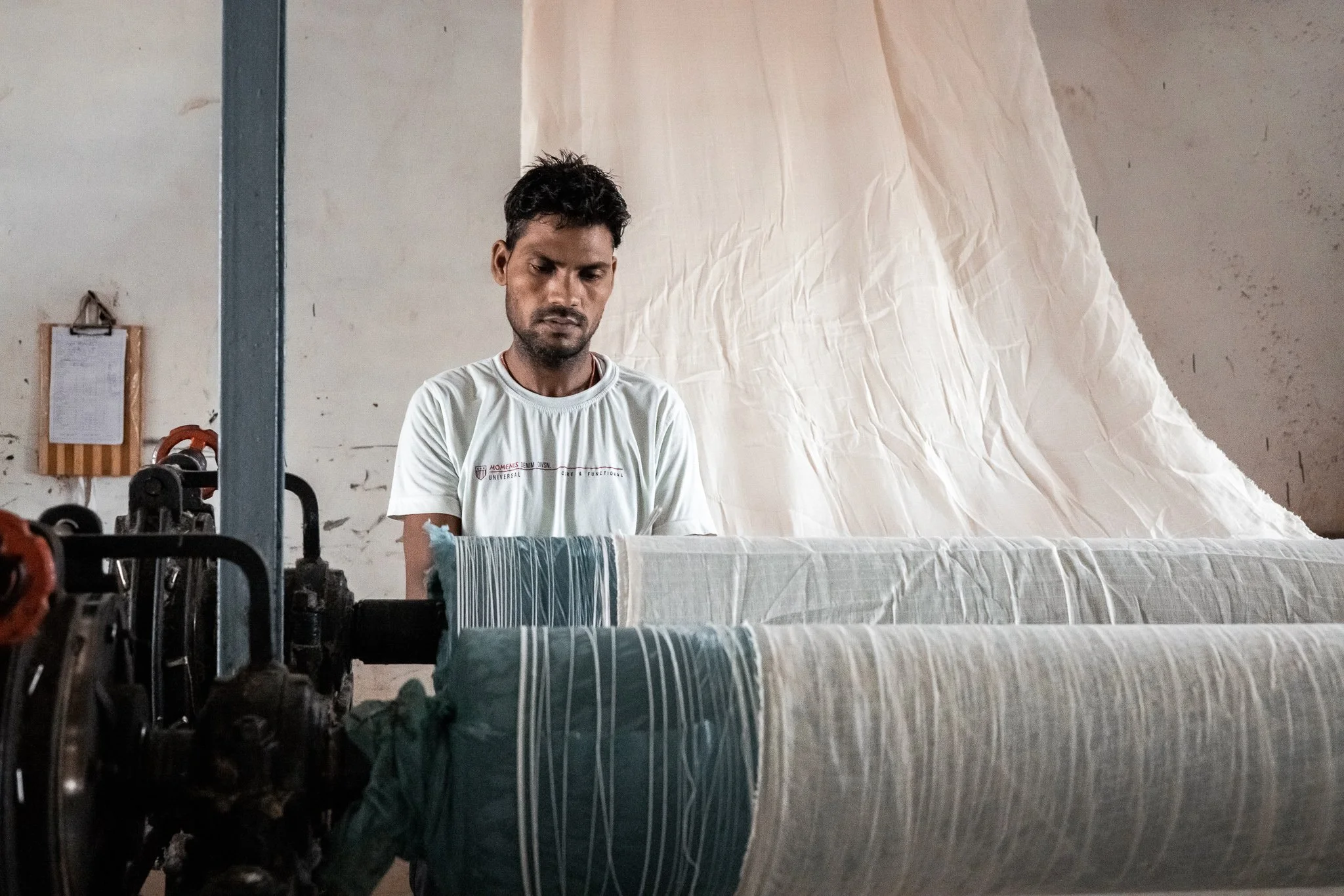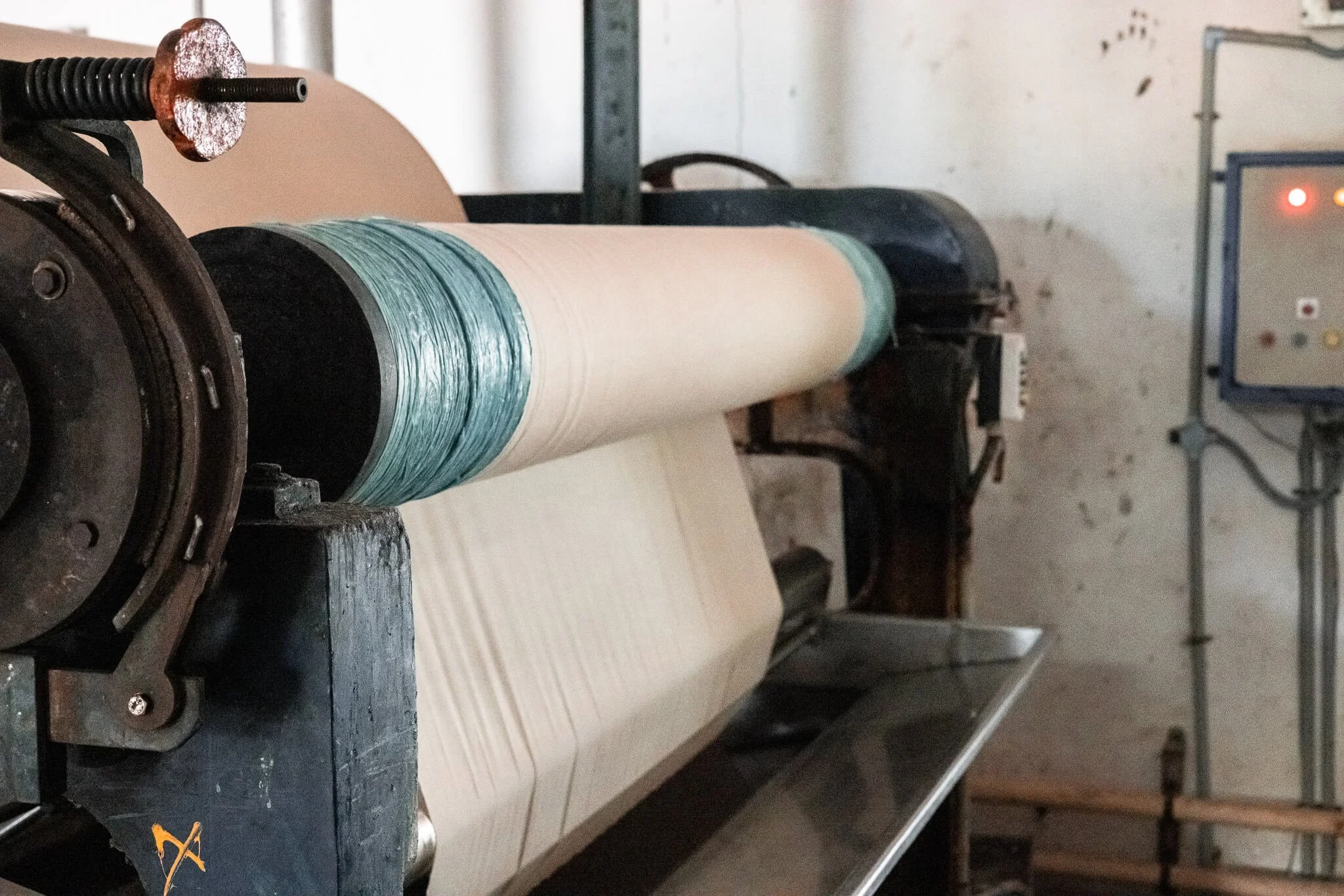India In India
India in India… you wouldn’t believe how much enjoyment my name brought to the people of India. The positivity I have created throughout my trip from something so simple was very pleasing. I have come away with a sense of achievement. After hearing stories from my friends about their experiences in India, I honestly never thought it would be a country I would end up visiting. No lie, I was pretty apprehensive, a tall white girl in India carrying a lot of expensive camera kit… didn’t sound ideal but here we are! I live to tell the tale.
Apprehensive, thriving for a new experience of visiting a developing nation. I knew that this could only be a long term positive result. The thought of supporting a new brand called Hayden Hill also gave the trip a structure to ensure we captured all the content required to document the making of these luxury garment storage products.
The brand goal; to document the ethos of a product manufactured in Southern India to provide evidence to potential Hayden Hill customers. It is of fundamental importance that those involved in the making of Hayden Hill products are treated fairly, earn a liveable wage and have good working conditions. With additional safeguard standards through to the strict worker protections involved in The Global Organic Textile Standards and the Leather Working Group, it was necessary to document the raw qualities of the work that goes into the making of this product.
Organic cotton farming, spinning and weaving were the very first stages involved in the making of this product. Flying into Coimbatore we were driven to our first stop, a cotton weaving mill by our sourcing agents, Ajit and Rajat. This drive was an experience on its own. Roads in India are crazy, the ideal place to people watch! Anything you wouldn’t expect to be possible, I can say I’ve probably seen it. However, the ‘no rule’ rule and the need for 360° vision at all times appeared to show no signs of accidents. I was told it was unsafe for me to roll down the window to avoid drawing attention to myself or my camera. There was a lot of driving involved in this trip, and for me, it was a fantastic way to absorb culture. A family of four and goat all on one moped - that was my highlight.
Day 1 ended at the organic cotton fields. There was so much character and story to photograph here. I documented a short interview with the farmers to hear first hand (well.. through a translator) what goes into this cotton farming production. We were warmly greeted by a small team of weathered hard working farmers. There were two men in charge on the ground, an older man who works 365 days of the year looking after the fields with his son. He makes sure there is enough water, the soil is healthy and fed and there is no disease. Cotton plants take 150 days to grow before they are ready to be picked. Seeds are planted in January and take 10 days to germinate. They then produce a bud before developing a pink flower followed by a white flower. There were two other farmers that manufacture and sell the seed to the farmers. They test the soil before planting and determine what the soil needs to make it the right environment for the cotton plant to grow. How much water will be needed and which natural fertiliser is required, is determined by the month of the year. What happens then? Well the cotton then goes to the weaving mill to large machinery that spins the cleaned cotton into fibres eventually twisting into threads which are then used to create a fabric.
Once the cotton is woven into the fabric, it is cleaned and/or dyed. The factory we visited to experience this was much larger and contained several processes. I was able to capture the truck loaded with blocks of compressed cotton before it went on the road. This is exactly the content I wanted to be capturing to document an in-depth visual of the environment I was working in. The fabric is then washed and then treated. It begins a beige/natural colour and then, once washed, becomes white in colour. The water used here is recycled through an extensive system and the recycled water is processed with pumps to six different cement blocks, turning into clean water with sludge remaining in the deposit tank. The sludge goes into bags and then is sent to construction plants to make cement. The second step to this process is the drying of the fabric where it goes through a large dryer and you can imagine how hot this factory became.
Hayden Hill strives to produce luxury products but it is also important for them as a brand to support the environment that their product has been developed in and the people involved. The toughest part of this trip was visiting an orphanage that was close to the founders heart. Experiencing how this part of the world live was pretty emotional for all of us and it was humbling to see how happy they were, unaware of what goes on outside of the orphanage. It was definitely a tough angle to photograph to ensure we didn’t come across as insensitive and ‘oh, there’s another company trying to get publicity with an orphanage’. Our visit was much more about documenting where Hayden Hill’s commitment will be invested in going forwards. It was a great day with these children and a massive insight into how we take the most basic things for granted. What was interesting for me is how the children kept touching my skin and hair. Most of these children probably hadn’t seen a person with such fair skin before and it took a while for me to process this. They showed me a door and I could hear some very loud cat noises. Their wild pet cat had a litter which they tried to contain in a room. The boys and girls were separated by a court yard with a similar layout for both sexes. There was just a shelving unit in the rooms that slept 50 children. This was where they grabbed their mats every night and found a place to sleep on the floor before waking the next day and attending their lessons in the exact same place they were just sleeping. They knew no different but it was reassuring to drive away from here knowing that our visit was a positive experience for them.
The last factory was the main factory where the garment bags are produced, sewn together and packaged. Once again, a beautiful greeting with handmade flower garlands placed around our necks. We also had to remove our shoes, like all of the factories that we went in, and light a candle. This meant that there were no bad spirits entering with us. This was shortly followed with A LOT of selfies and stares as I walked around with a camera and photographed the small number of workers involved in the making of Hayden Hill products. I’ve worked with several start up companies now and I understand the importance of visiting a factory during the first stages of developing a product. It’s something that can’t be fine-tuned via WhatsApp. Whilst founder, Karol, was having business discussions and signing off packaging and product for each item, I was filming the whole process from cutting of the cotton to stitching the pieces together and steaming. This worked out really well and it was great to see how this comes together. In all, it was a great experience and one I will always remember. Check out my full portfolio for a full visual of my week in India.








































































































